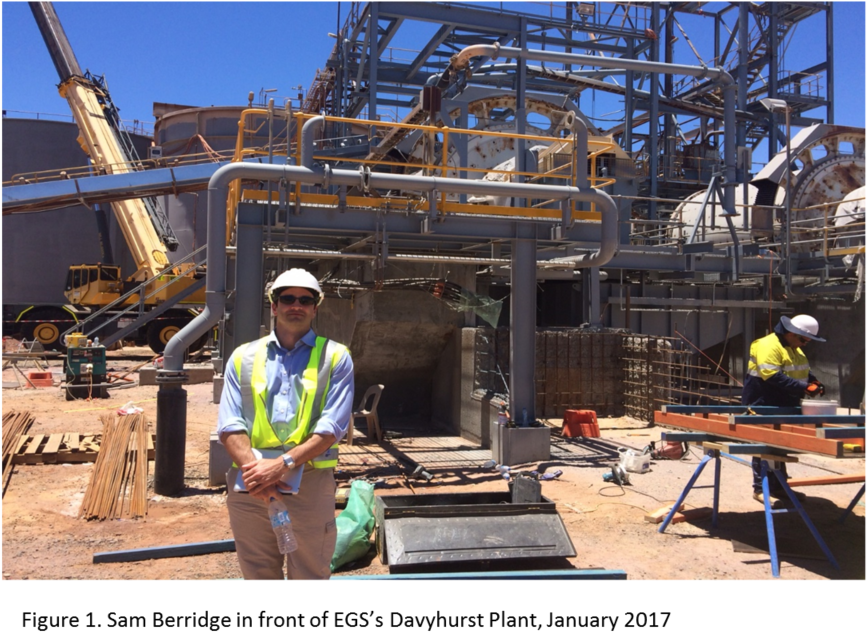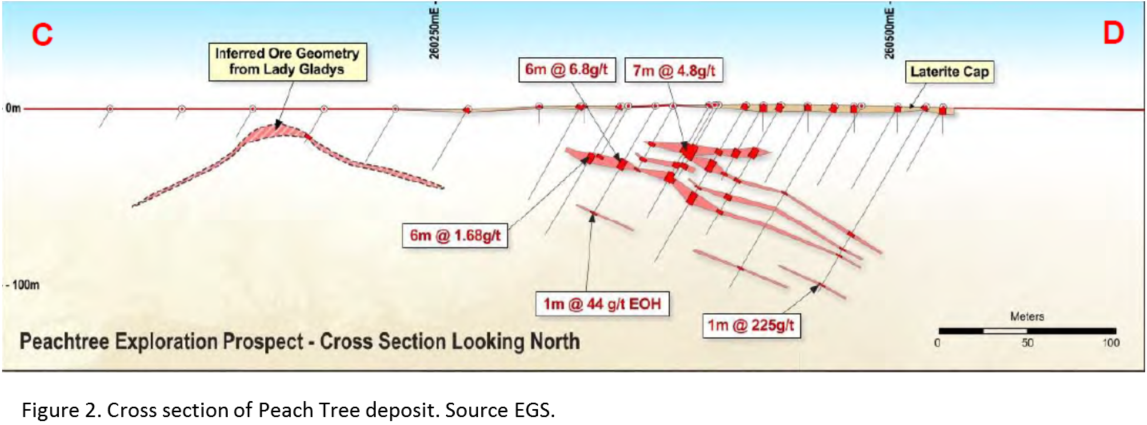Capturing the elevated returns of exploration success
The value add from successful exploration efforts in the mining space can be tremendous. A recent acute example is the Nova nickel discovery by Sirius Resources (SIR). This discovery took a $0.06 per share exploration company to $3.79 per share on the day of takeover by Independence Group (IGO). That is a sensational return of 6,217% or a compound annual growth rate (CAGR) of 940% over three years. In this article, we explore the challenge for value investors such as Perennial, to capture the elevated returns of exploration success, without the binary risk profile of many ‘junior’ explorers.
There are 676 materials companies listed on the ASX, most of which are junior explorers. As a geologist, I can say the discipline is at least as much art as it is science. Even with geochemical, geophysical and preliminary drill data pointing to a discovery, the odds of success are still 50:50 at best. Consequently, the odds of picking the next SIR are low and as the result is often binary, the risk versus return profile is unappealing in our view.
Our preference is a scenario where an attractively priced company with a core asset in production (or close to it), offers upside of by way of low-risk, economically viable exploration success.
The best place to find mineralisation (gold in this example), is adjacent to where it’s known to exist. Otherwise known as ‘brownfields’ exploration. The key determinants of economic viability are; grade, depth of mineralisation and proximity to a processing facility.

A prospect which exhibits favourable characteristics on all these measures is the Peachtree Prospect, located 30km from the Davyhurst plant, owned by Eastern Goldfields (EGS). Peachtree is not included in EGS’s mining plan or resource statement and arguably is ascribed zero value by the market. As the cross section below shows, mineralisation has already been identified (effectively zero exploration risk), is roughly 30 metres from the surface (shallow enough for an open pit) and with better intersections around 5 grams per tonne (g/t) it would be considered high grade. To put some context around that, gold at the current price is worth roughly A$30 per gram so 5g/t means A$150 of gold per tonne of ore, of which you’d expect to recover roughly 93%. So $139/t of recoverable gold versus a mining and processing cost of around $50/t ore suggests a comfortable margin.

Given the above our view is that it is likely Peachtree is an economically viable discovery and will be added to the mining inventory in due course. When that will transpire is a bit more difficult to pin point, as in EGS’s case Peachtree is one of a number of high grade exploration targets.
In terms of assessing the value of exploration prospects, adding the discovery to the back end of the existing mine plan and using existing mining costs and parameters is usually the best approach.
In EGS’s case, we calculate a 9% or $21 million increase in Net Present Value (NPV) for the first year of additional mine life and slightly less for each year after that due to the time value of money.
In this way, we believe it’s possible to get ahead of the market in terms of stock valuation, while being exposed to relatively limited exploration risk. Other companies which offer compelling exploration upside to existing cash-producing assets include:
- Metals X (MLX) – each year of Nifty mine life in excess of reserves adds 21% to group NPV. Substantial resource to reserve conversion here plus exploration success looks probable.
- Western Areas (WSA) – Cosmos exploration success has exponential impact on ~A$250 million worth of plant and equipment sitting at surface, acquired in 2015 for A$24 million.
3 stocks mentioned

